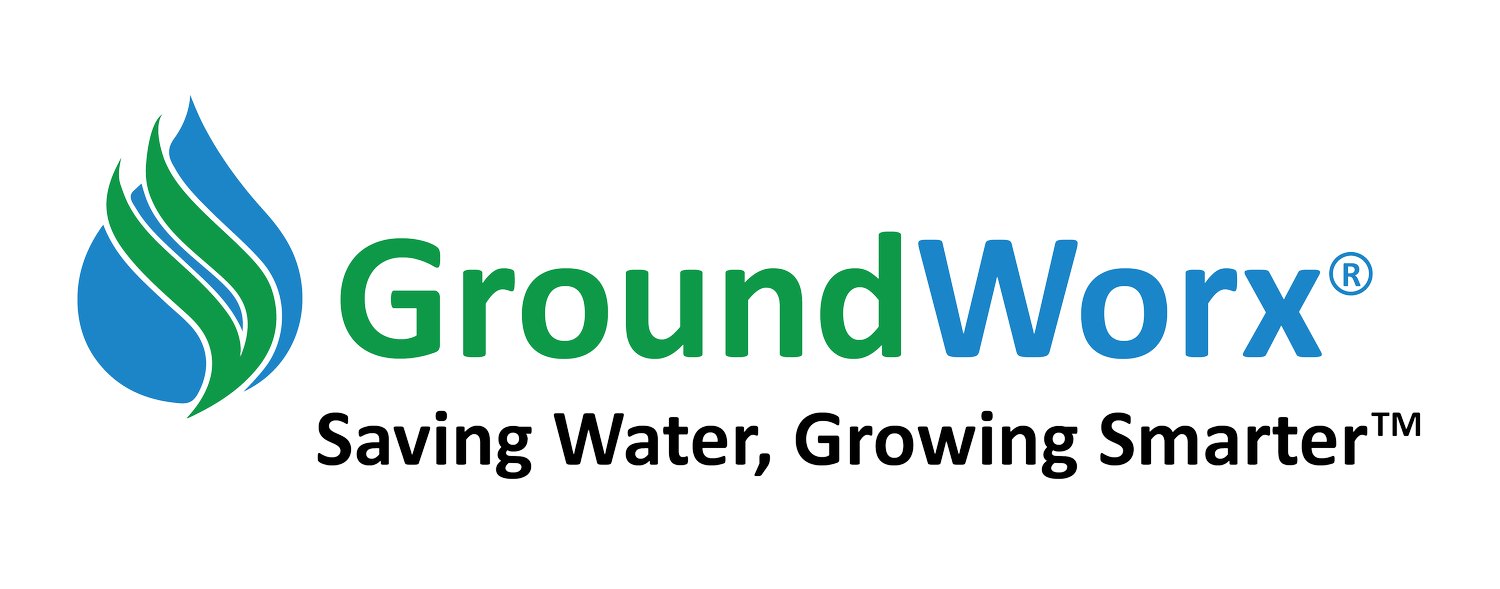The Hidden Dangers of Overwatering
Many people often consider water the lifeblood of agriculture and commercial enterprises. However, the problem of overwatering is a significant challenge that can lead to serious issues. While the goal is to help plants grow, too much water can cause many problems. This can waste important resources and hurt productivity.
The Consequences of Overwatering
Overwatering is an ongoing problem that affects many aspects of plant care and gardening. It happens when plants get more water than they can take in or use. This can harm their health and growth in many ways. This issue can arise from several factors, including improper watering schedules, excessive rainfall, or poor drainage in the soil.
Resource Wastage
Draining local water supplies affects more than just farms and businesses. It can greatly impact whole communities as water shortages can cause many problems. This also adds to bigger problems of water scarcity. These issues can harm the health, economy, and social structure of whole communities.
Financial Losses
The financial implications of overwatering are substantial and multifaceted, impacting both agricultural operations and businesses that depend on healthy plant growth.
The financial implications of overwatering extend beyond immediate crop damage; they encompass a range of factors that can jeopardize the viability of agricultural enterprises. Overwatering can cause lower crop yields and poor quality. It can also raise management costs. These issues can lead to significant revenue losses.
Environmental Consequences
Overwatering is a common issue that can have significant negative impacts on the environment. When plants receive more water than they can absorb, the excess water begins to saturate the soil. This saturation can lead to the leaching of essential nutrients, such as nitrogen, phosphorus, and potassium, from the soil.
These nutrients are vital for plant growth and development, and their depletion can result in poor plant health. Plants that lack important nutrients may show stunted growth, yellow leaves, and fewer flowers or fruits. This can lower the overall productivity of gardens, farms, and natural ecosystems.
Overwatering poses a significant threat to the environment by depleting essential soil nutrients, promoting soil erosion, contaminating local waterways, and disrupting ecosystems. Gardeners, farmers, and land managers should use sustainable watering practices.
Increased Pest & Disease Risks
Wet conditions create an ideal environment for various pests and diseases that can significantly impact agricultural productivity. When the soil is wet and humidity is high, it is easier for fungi, bacteria, and viruses to grow. These organisms can infect crops, leading to a range of issues from reduced yields to complete crop failures.
Wet conditions, pests, and diseases create a significant challenge for farming. Farmers often rely on chemical treatments to manage these issues.
Recognizing Overwatering
Understanding the signs of overwatering is crucial in preventing further damage and conserving water. Key indicators include:
Yellowing Leaves: This is a common sign of stress in overwatered plants.
Wilting: When plant roots do not get enough oxygen because of too much water, plants droop.
Mold Growth: The appearance of mold can indicate excessive moisture levels in the soil.
Soggy Soil: Waterlogged soil clearly signals that someone needs to adjust water levels because of prolonged saturation.
Best Practices for Efficient Turf & Plant Management
To combat the dangers of overwatering, consider implementing these strategies:
Soil Testing: Regularly assess soil moisture content to tailor schedules.
Drip Irrigation: Consider investing in drip irrigation systems.
Scheduling: Make sure to stick to a regular watering schedule.
Soil Management Products: Use advanced products to help with soil management.
GroundWorx Products
GroundWorx offers a range of products to help with soil management:
GX-1A Wireless Soil Moisture Sensor
GX-1F Wireless Soil Moisture Sensor
GX-1FX (AG Extender) Wireless Soil Moisture Sensor
GX-1 Wireless MicroWeather - ATMOS 41 Station
GX-1 Wireless MicroWeather - ATMOS 41 W Station
GX-1 Sports Capsule
We encourage you to browse the selection of products at GroundWorx today. Our collection includes many high-quality products and services. These tools help with soil moisture management, ensuring you use the right amount of water.
If you have any questions or would like to learn more about what we offer, please do not hesitate to reach out. You can reach us by email, and our dedicated team will be more than happy to assist you. We are eager to engage in a conversation about our services and how we can help you achieve your goals.

